After Decades Of Research, The Deepest The Mystery Of Earth’s Deepest Hole And Why It Had to Be Sealed
Humans have lived on Earth for around 300,000 years. However, compared to the 4.5 billion-year-old Earth, humans still have a lot to discover.
During the ’50s space race, Americans and Russians wanted to find out more about the planet we call home. During this time, scientists also dug into the earth to see if any discoveries could be made in its layers. Read on to see how far they were able to dig and why they ended up having to seal it off.
This Story Starts When The Space Race Began
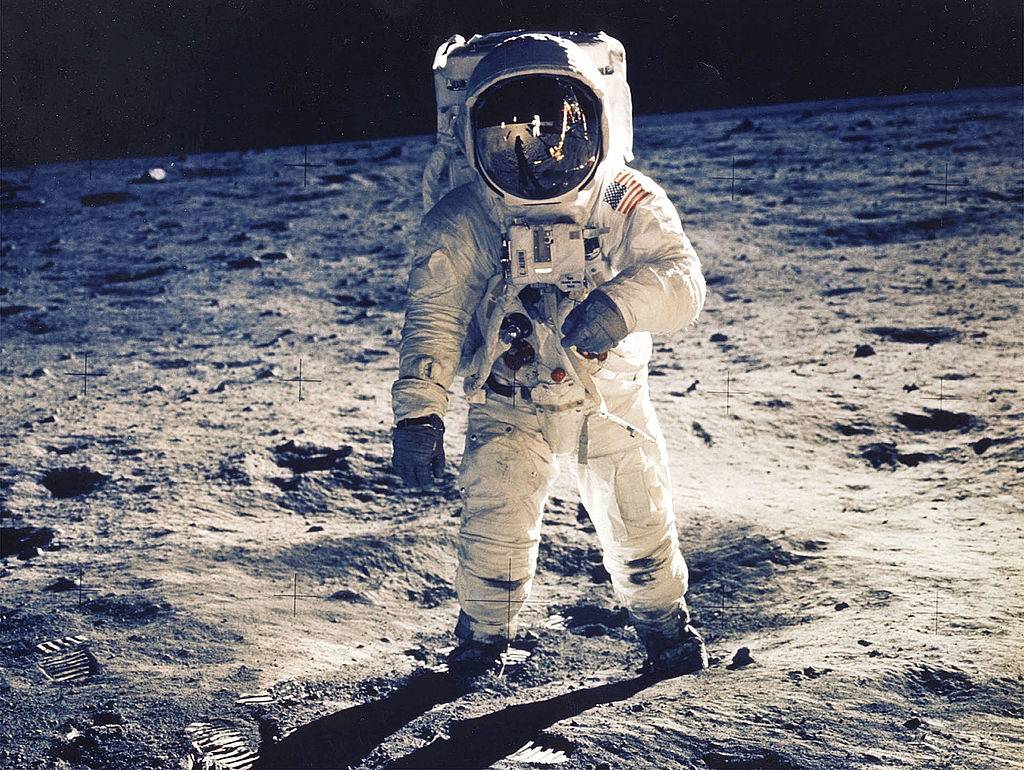
The 20th century saw a lot of tension between the United States and the Soviet Union, which can be summed up by the events of the Cold War.
One of the biggest events that occurred was the Space Race with both countries trying to achieve new discoveries in spaceflight capabilities.
The Two Countries Also Focused Their Research Efforts On The Earth
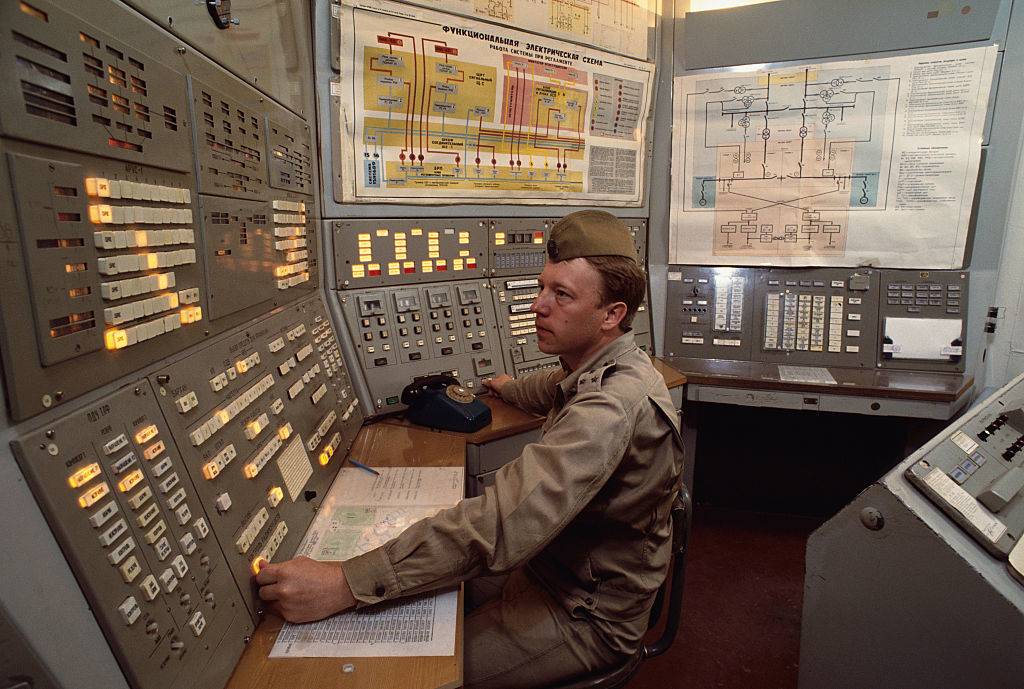
While the Soviet Union and the United States were focused on going to space, they also were butting heads over things happening on earth.
Both countries wanted to figure out how close they could get to the center of the earth. This is something that hadn’t been done before and would be challenging with the limited technology of the era.
Starting At The Crust
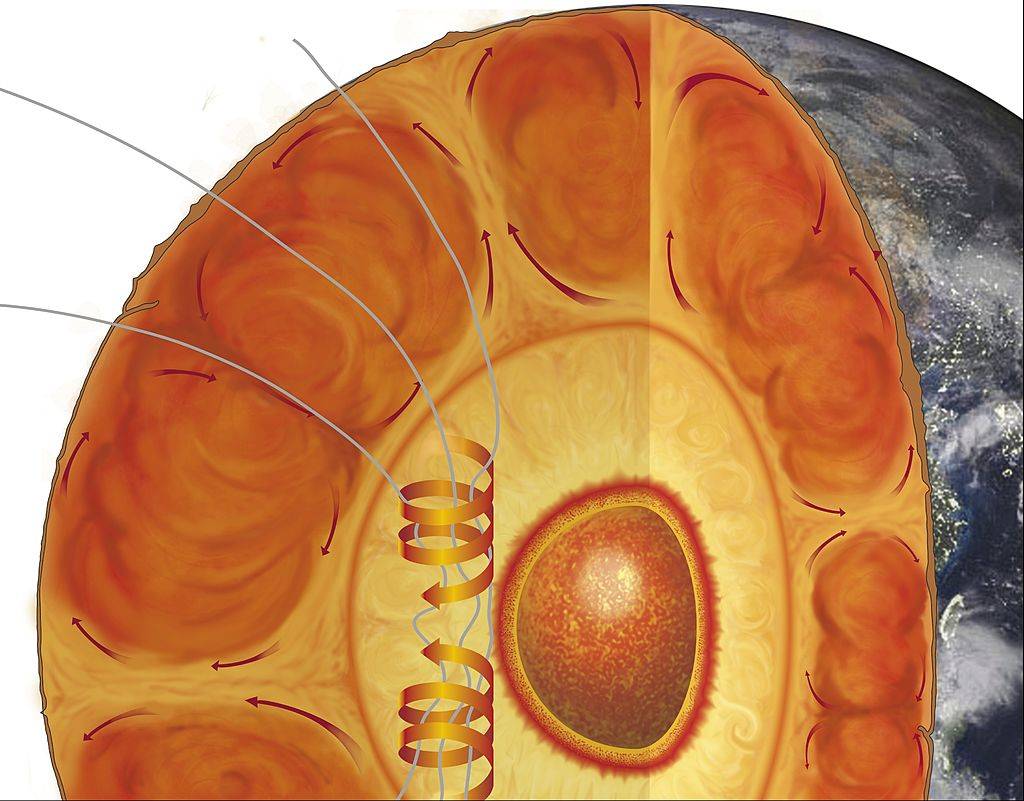
Around the time of the late 1950s, both America and Russia wanted to develop experiments to penetrate the earth’s crust.
The crust stretches for about 30 miles towards the center of the earth. It’s just a thin shell that accounts for less than one percent of the planet’s mass.
Heading Towards The Mantle
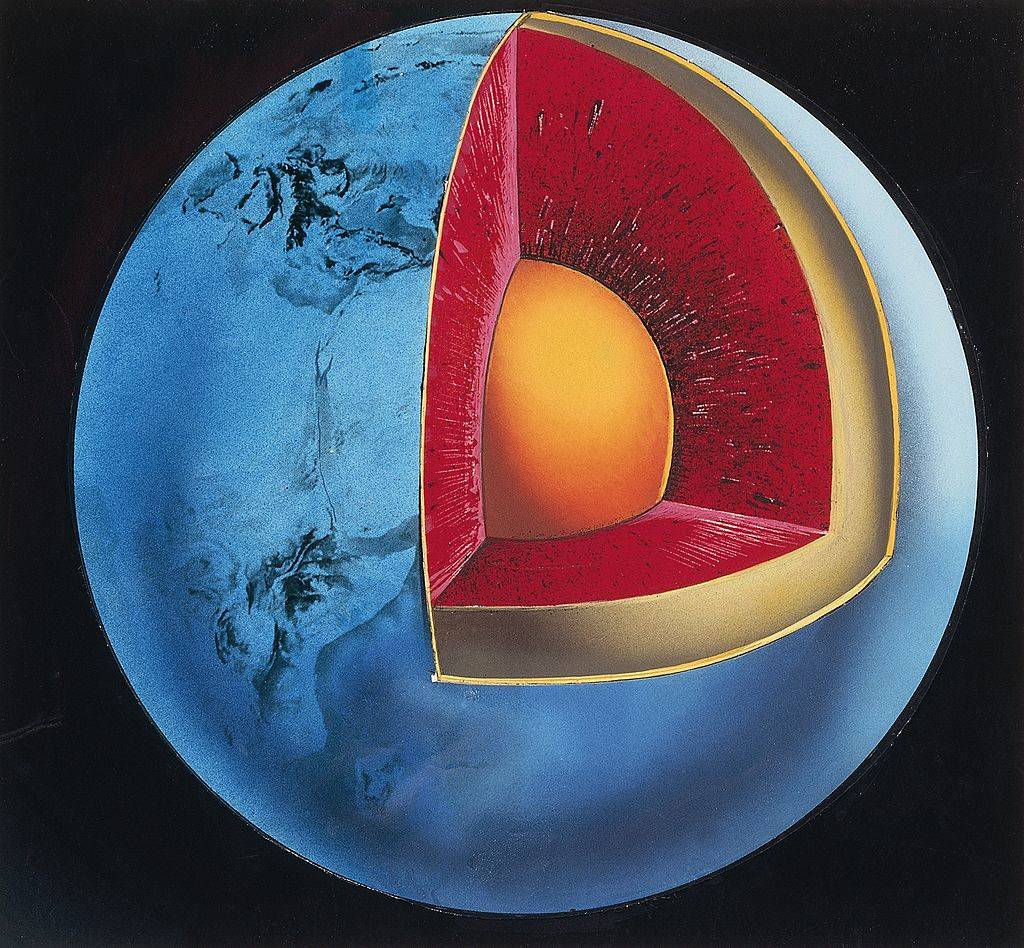
After examining the crust, the U.S. and the Soviet Union were ready to penetrate the earth’s mantle.
The mantle is a layer of silicate rock situated between the planet’s crust and outer core. It makes up about 67 percent of Earth’s mass and 84 percent of its volume.
The United States Starts Project Mohole
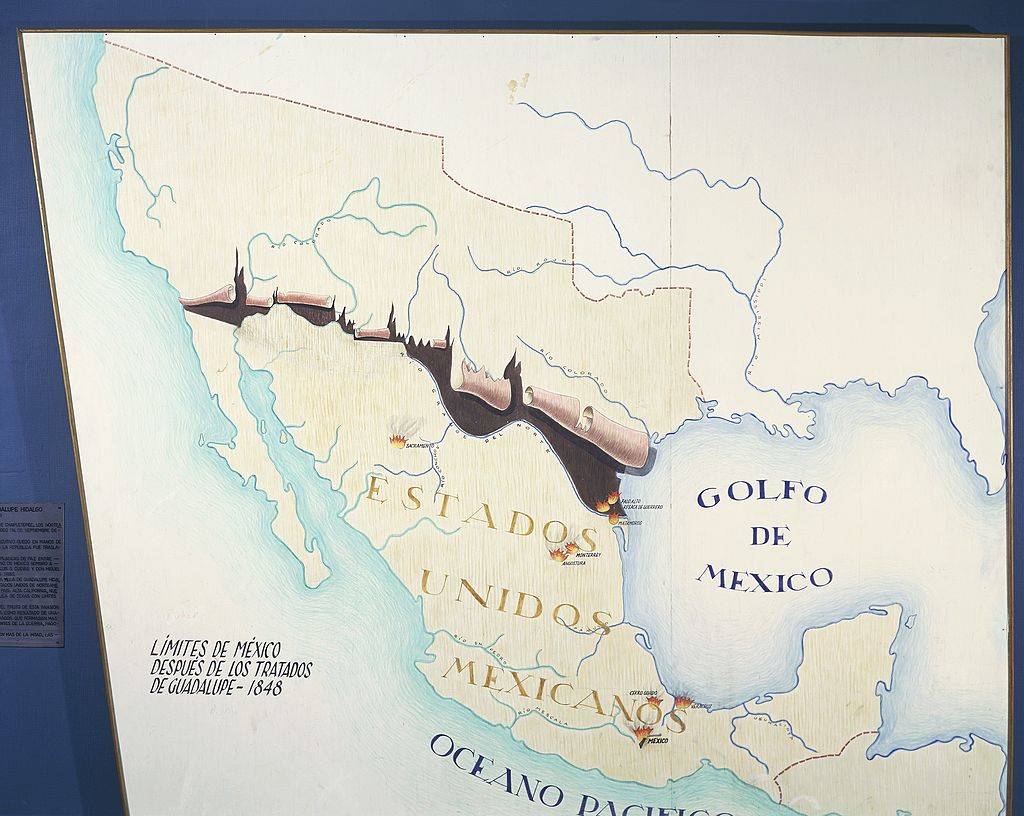
In the late 1950s, the American Miscellaneous Society had the idea to start drilling down to the mantle. They called it Project Mohole after the Mohorovičić discontinuity, which is what separates the crust from the mantle.
They chose to do the drilling close to Guadalupe, Mexico through the Pacific Ocean floor.
Drilling In The Ocean
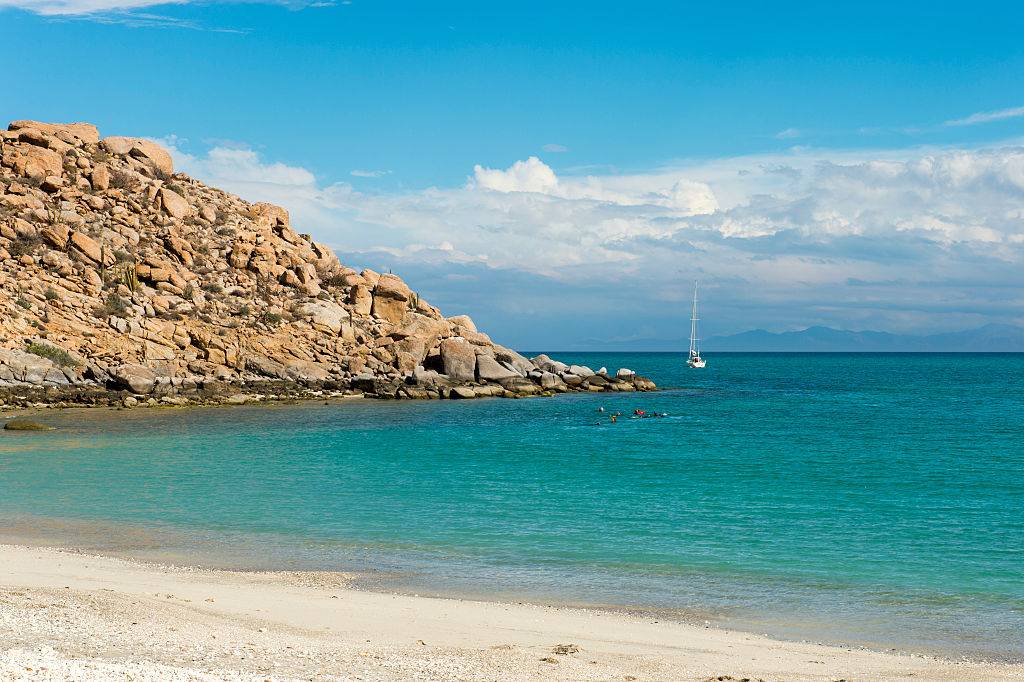
Project Mohole was set in the Pacific Ocean because there are many advantages to drilling in the ocean.
According to the BBC, Earth’s crust is thinner in the ocean. However, the thinnest areas of the crust are usually where the ocean is the deepest. It was now time to start drilling.
The Project Got Shelved
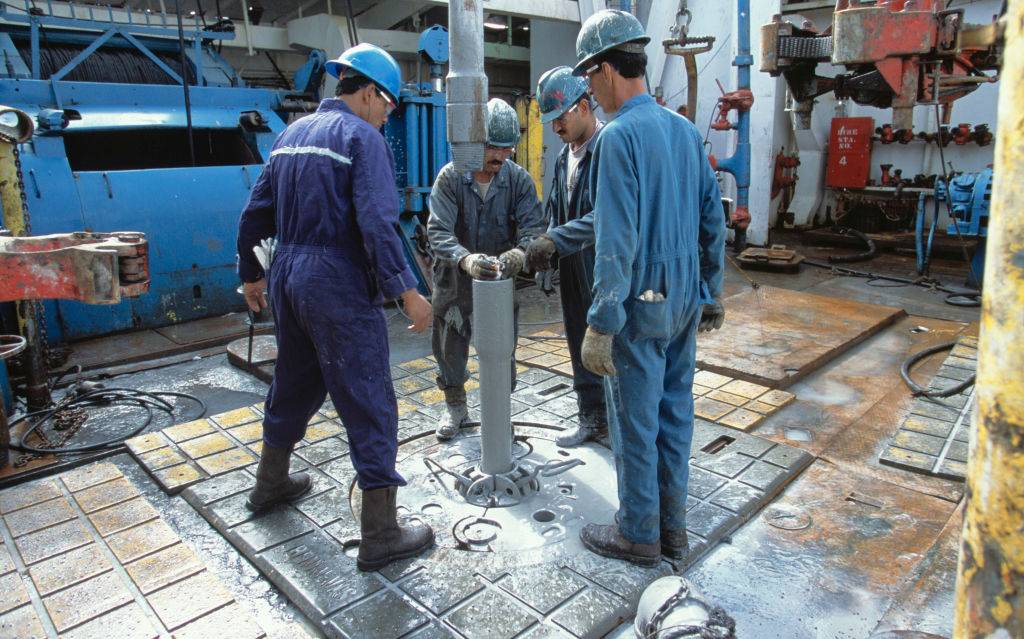
The Americans got to work on Project Mohole in 1958 and were able to drill as far down as 600 feet.
Unfortunately, the project had to be shelved in 1966 after the team of scientists lost their funding. America was never able to find the mantle, so now it was up to the Russians.
The Russians Were Very Motivated
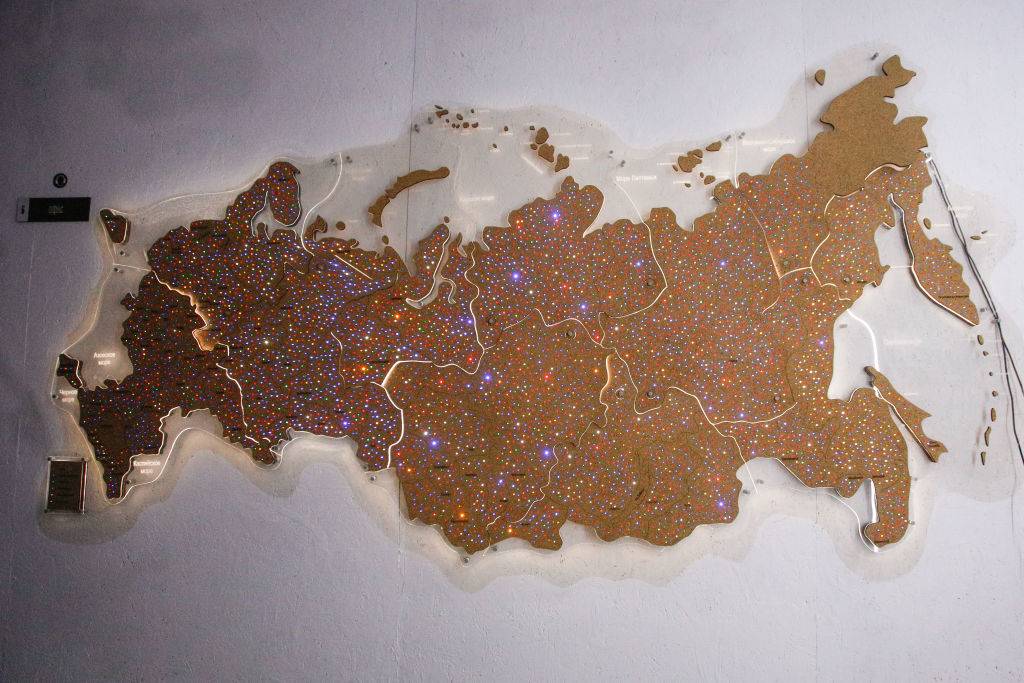
After the Soviet Union learned about America’s failed attempt at drilling towards Earth’s mantle, they were ready to give it a shot.
Researchers began to make their way through the crust below the Pechengsky District in the early 1970s. The area rarely was occupied by people, so scientists thought it would be the perfect location.
The Main Goal For The Kola Superdeep Borehole
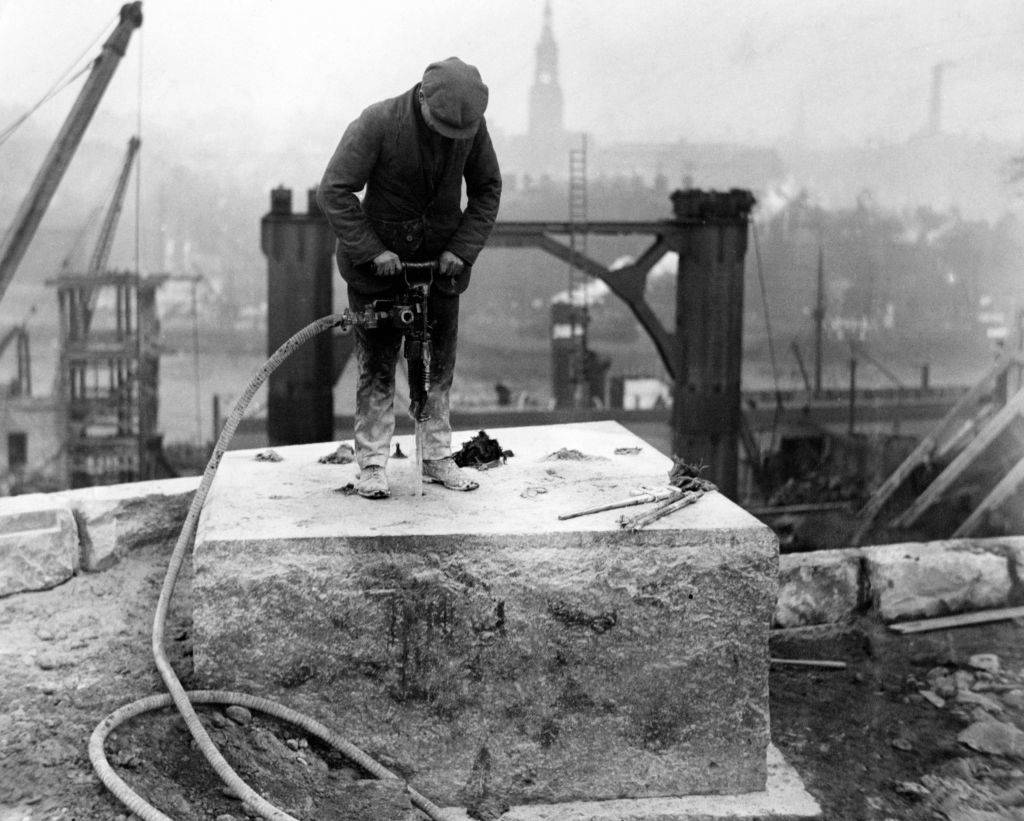
The Soviets wanted to dig almost 50,000 feet into the surface of the earth at the Kola Peninsula. They had special equipment that allowed them to dig several boreholes from just one cavity.
This would be a very ambitious project with the ultimate goal of getting living samples of the mantle.
Americans Accidentally Made A New Hole
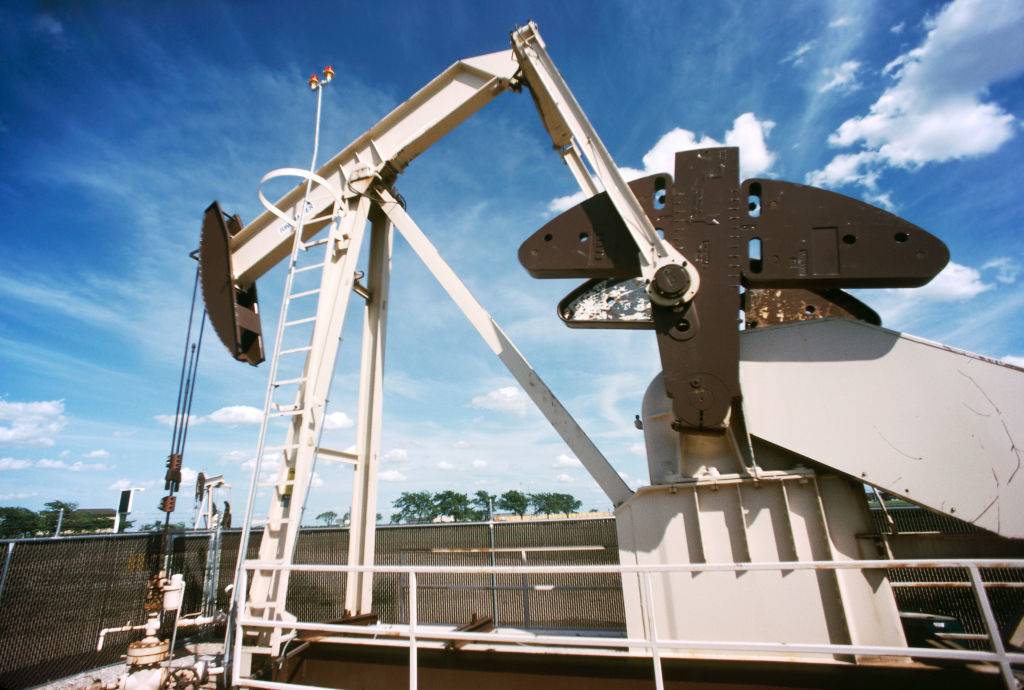
While the Soviet Union was working on the Kola Superdeep Borehole, the United States ended up making an entirely new hole by accident.
The Lone Star Producing Company was digging for oil in Oklahoma in 1974 and ended up creating the Bertha Rogers hole. It measured over 31,400 feet deep, equivalent to about six miles.
The Soviet Union Breaks The Record
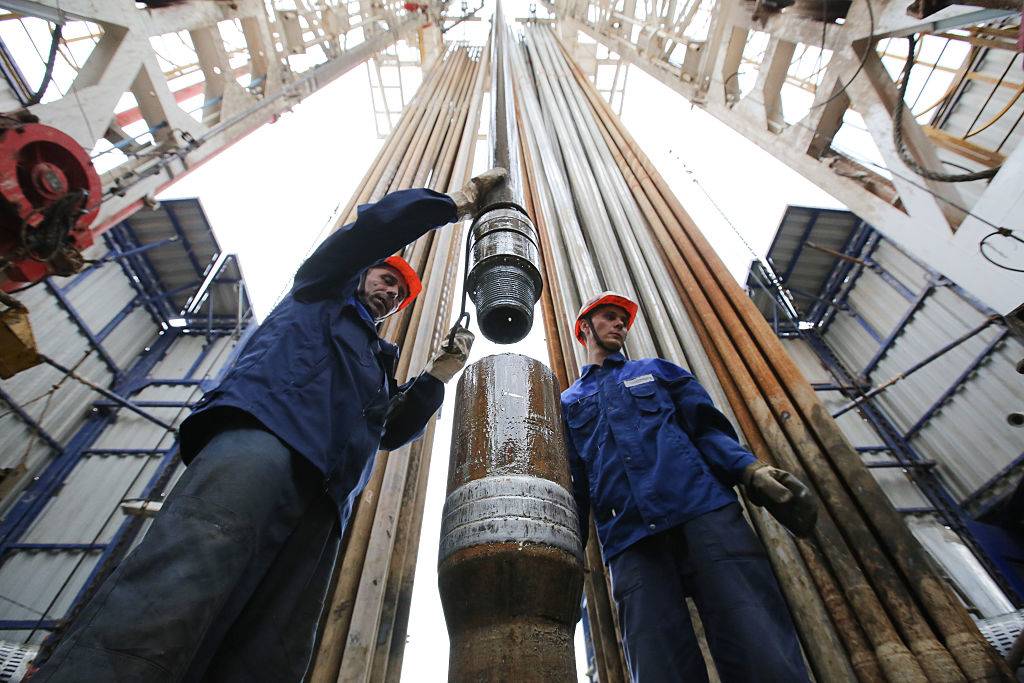
The Bertha Rogers hole became the deepest hole on Earth until 1979 when one of the Kora Boreholes broke the record.
While the borehole was only nine inches wide, it was able to penetrate the earth with a whopping 39,000-foot depth. This seemed like a good place to stop for the Soviets.
The Soviets Ran Into Some Issues
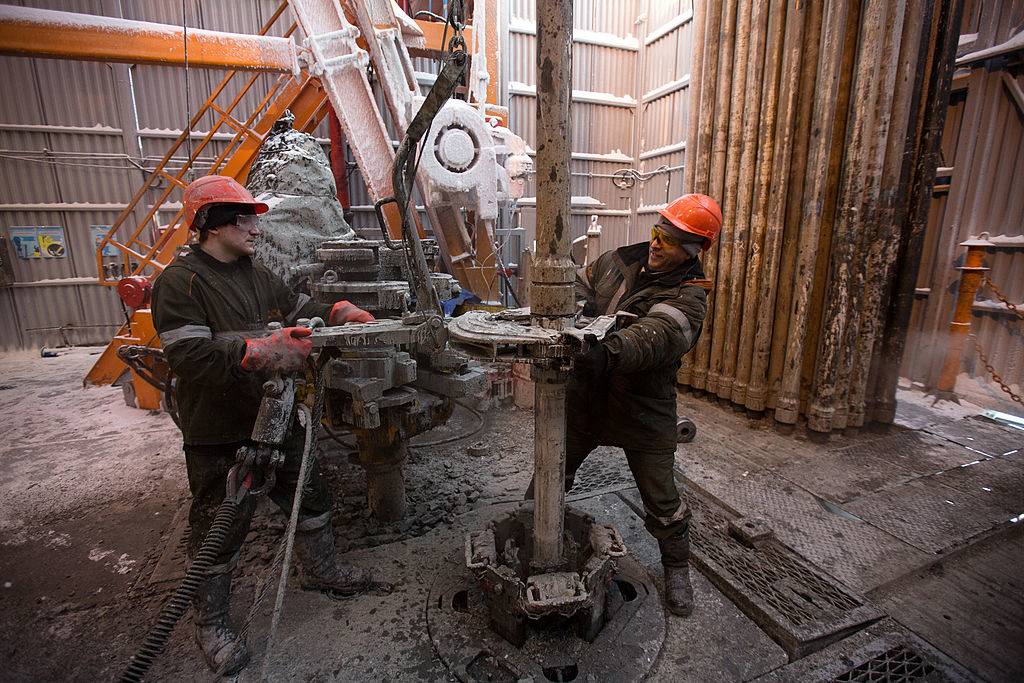
After they broke the record for the deepest hole on Earth, the Russians decided to pause their progress.
While a break was needed, there were some other issues with the project. This caused them to put it on indefinite hold until they could get sufficient tools and research.
The Wait Was Over
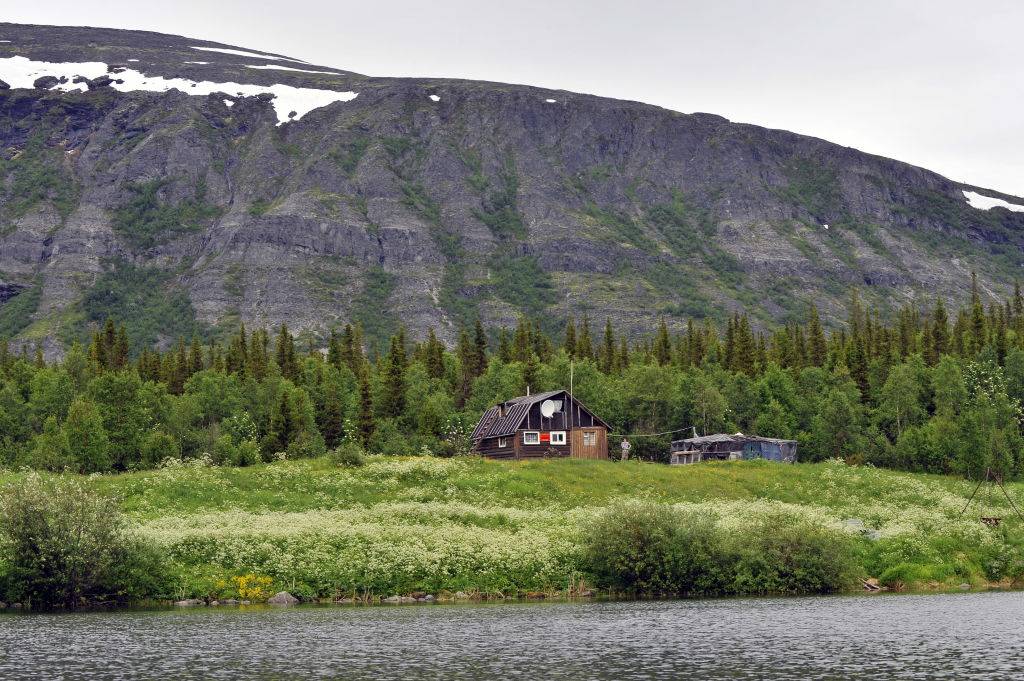
They got the project back up and running in the early 1990s with the goal of reaching a depth of 49,000 feet within the first few years.
They started at a location already 23,000-feet deep, but ran into some setbacks as they came closer to Earth’s core. This meant they would need to do some more research.
There Were Major Temperature Changes
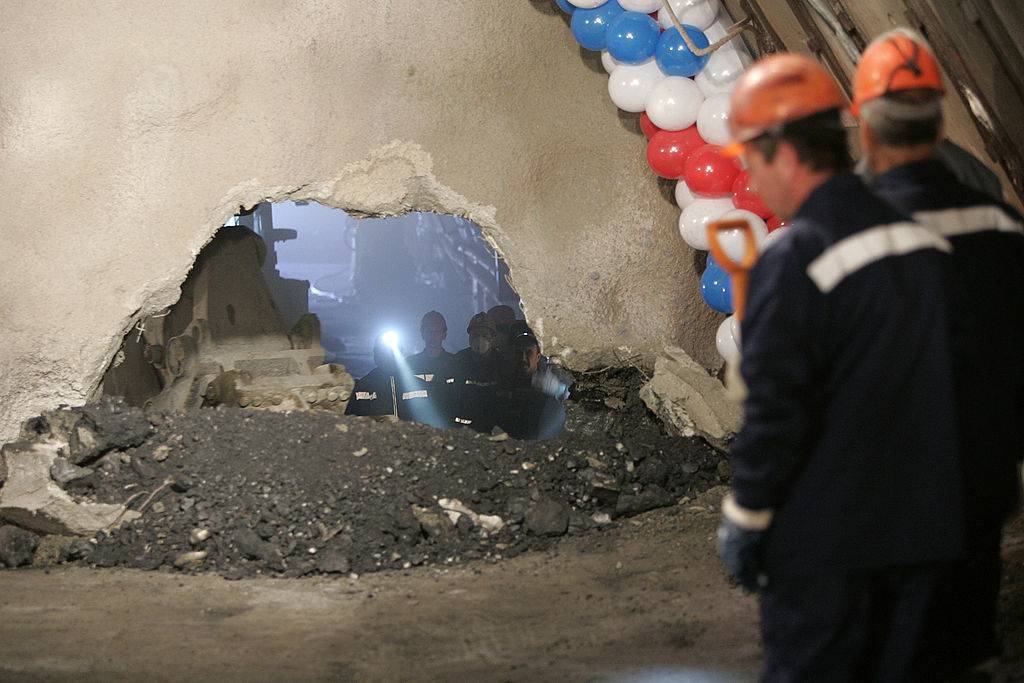
As the Russians got closer to Earth’s core, they noticed that temperatures were increasing far more than they expected. When they approached their target, the temperature rose to 356 degrees Fahrenheit.
This was 176 degrees Fahrenheit more than they were anticipating, which caused a lot of frustration amongst the researchers.
There Were More Setbacks
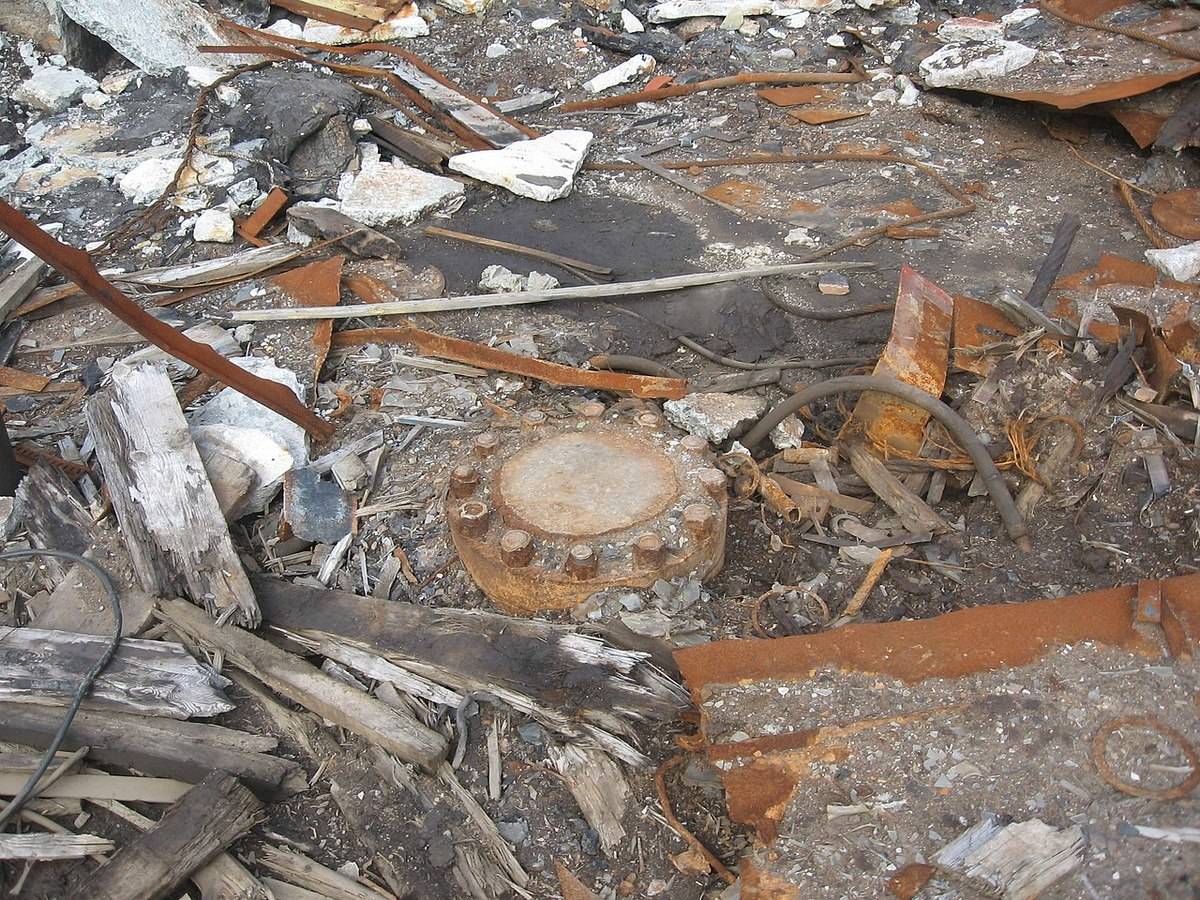
Not only was the temperature too hot for the researchers to endure, but there were other setbacks. The rocks at this part of Earth’s core were a lot denser than they thought they would be.
When this occurs, the rocks will react in unpredictable ways, which can be very dangerous.
Time To Give Up
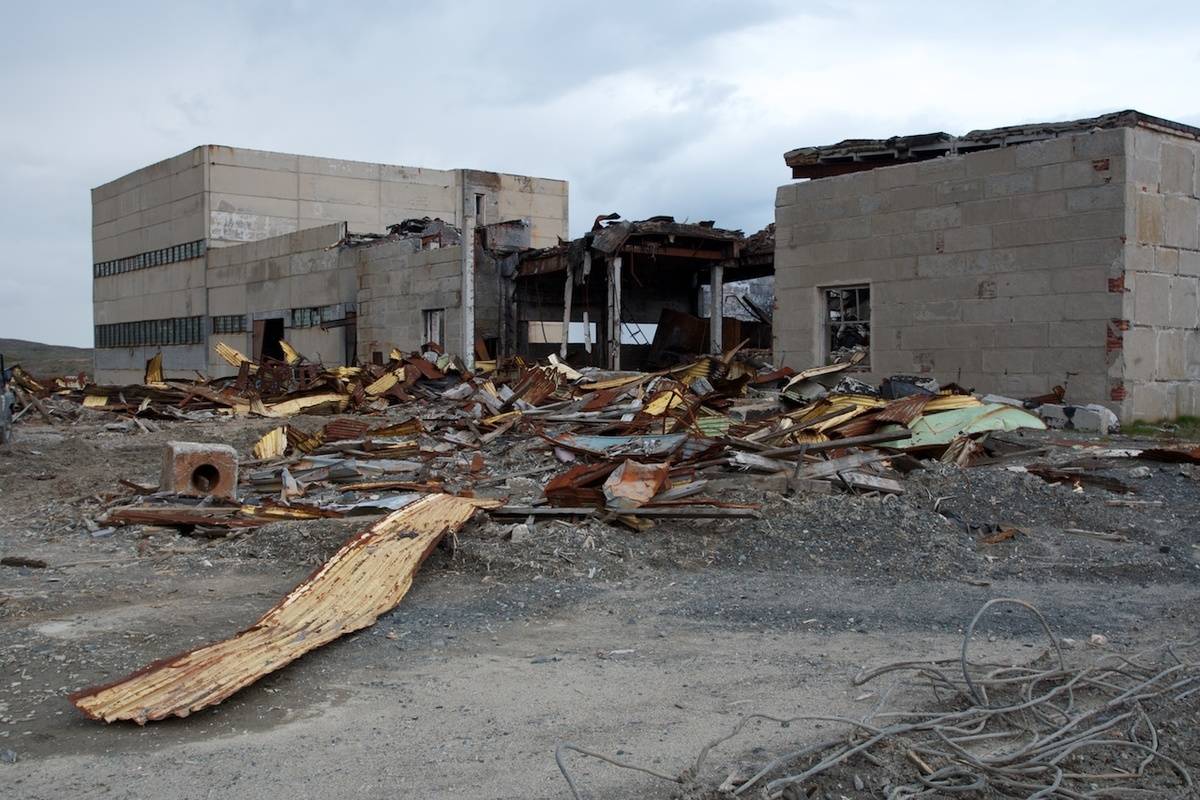
While the Russians made a lot of progress with the Kola Superdeep Borehole, they realized it was time to shut the project down altogether.
They spent a total of 22 years working on getting to the center of the earth and were able to discover a lot of new things such as fossils and plants.
What Was Found Inside The Kola Superdeep Borehole?
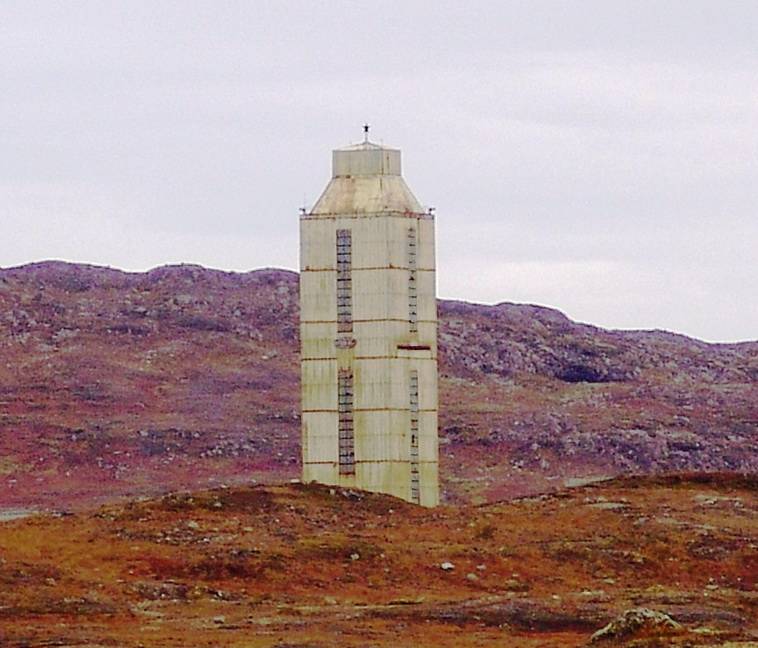
After spending 22 years drilling the Kola Superdeep Borehole, scientists found some fascinating treasures. The rocks in the borehole were over two billion years old, and granite was found at the deepest part of it. There was also flowing water, which was either proof of a biblical flood or strong pressure that forced hydrogen and oxygen atoms out of the rocks.
The drilling of the Kola Superdeep Borehole officially stopped in August 1994, shortly after the collapse of the Soviet Union. The project was permanently shut down the following year, and the hole had to be sealed. Those who want to see some of the relics found from the project can visit them in a nearby town called Zapolyarny, but the actual site is considered an environmental hazard.
The Germans Did A Similar Project
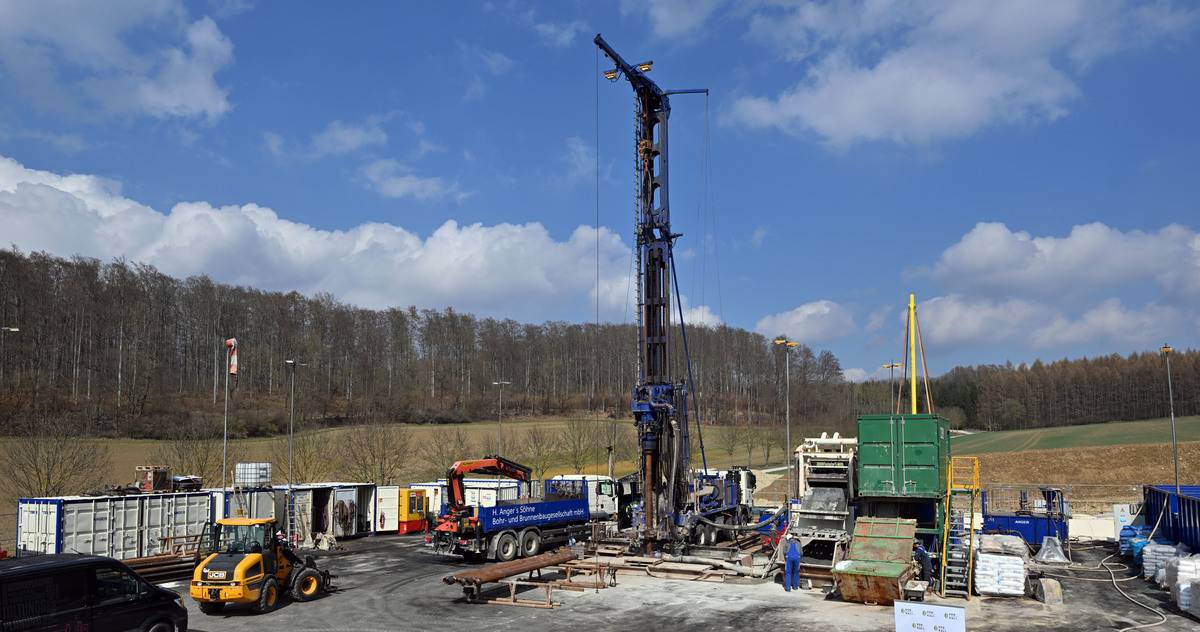
While America’s Project Mohole inspired the Kola Superdeep Borehole, other countries also tried their hand at superholes.
The German Continental Deep Drilling Programme created the KTB Superdeep Borehole in Windischeschenbach, Bavaria from 1987 to 1995. They were able to get 29,859 feet deep with temperatures that reached over 500 degrees Fahrenheit.
How Deep Did The Kola Superdeep Borehole Get?
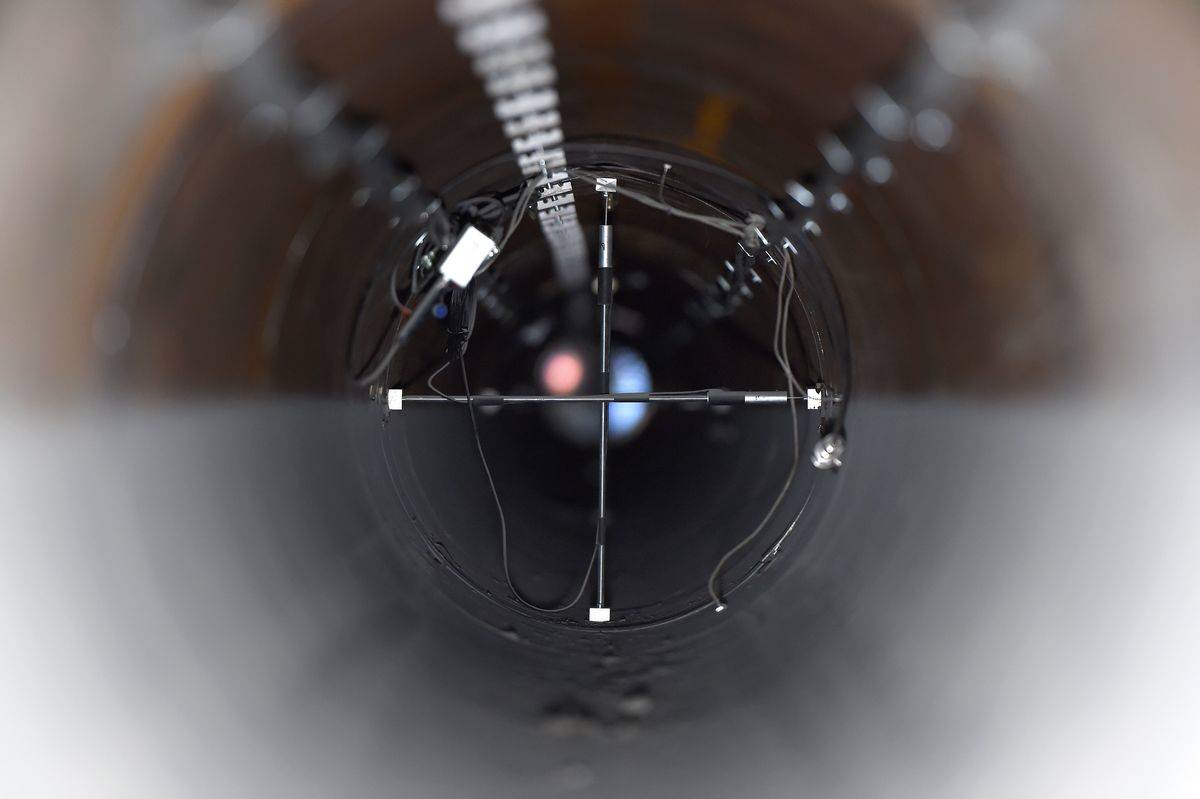
At the end of their project, the Kola Superdeep Borehole became the deepest manmade hole and artificial point on Earth, measuring 40,230 feet deep.
It held the record for two decades but was dethroned in 2008 when the Al Shaheen oil well in Qatar broke the record at 40,318 feet deep.
Considered an environmental hazard, the Kola Superdeep Borehole was sealed shut in 1995.



